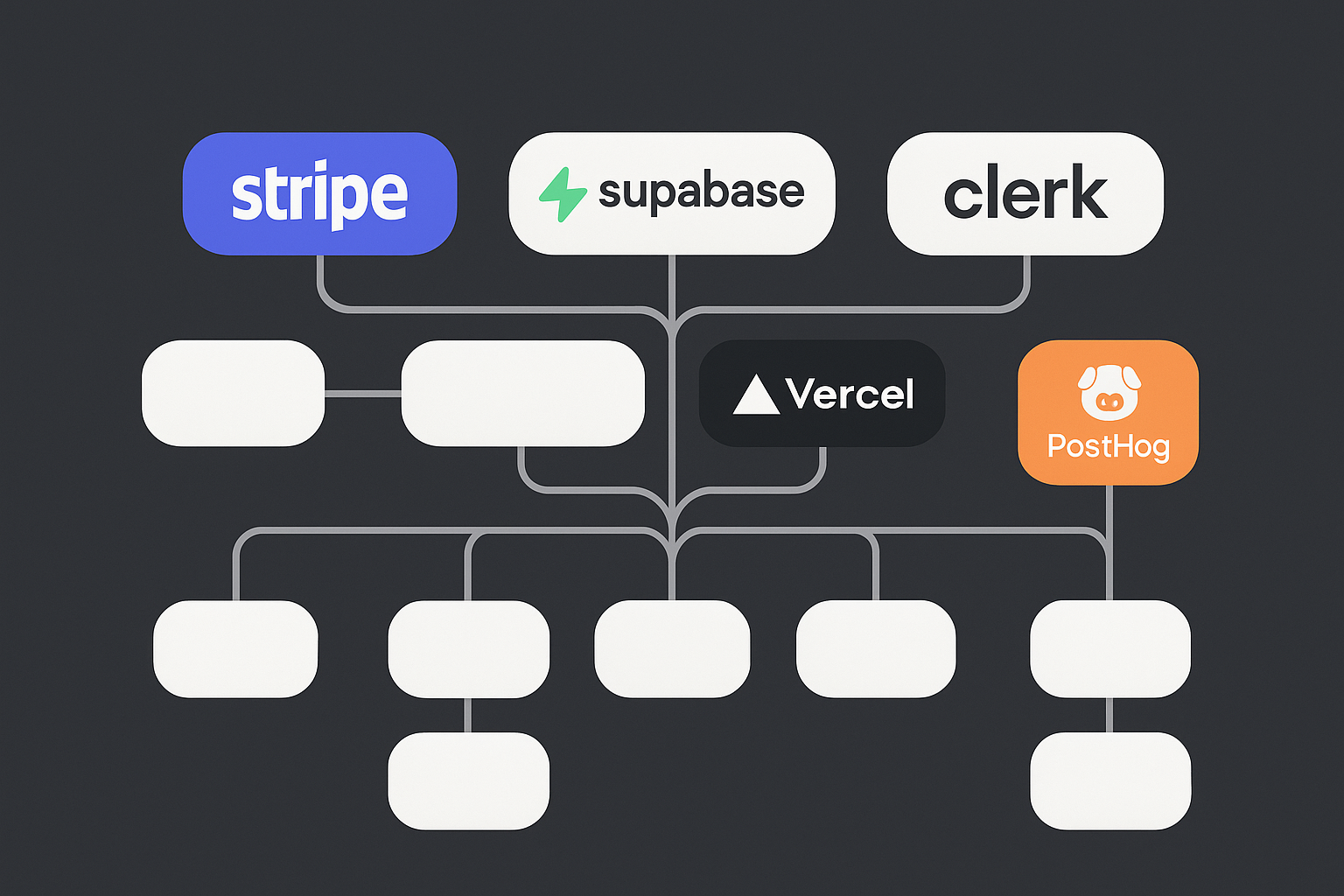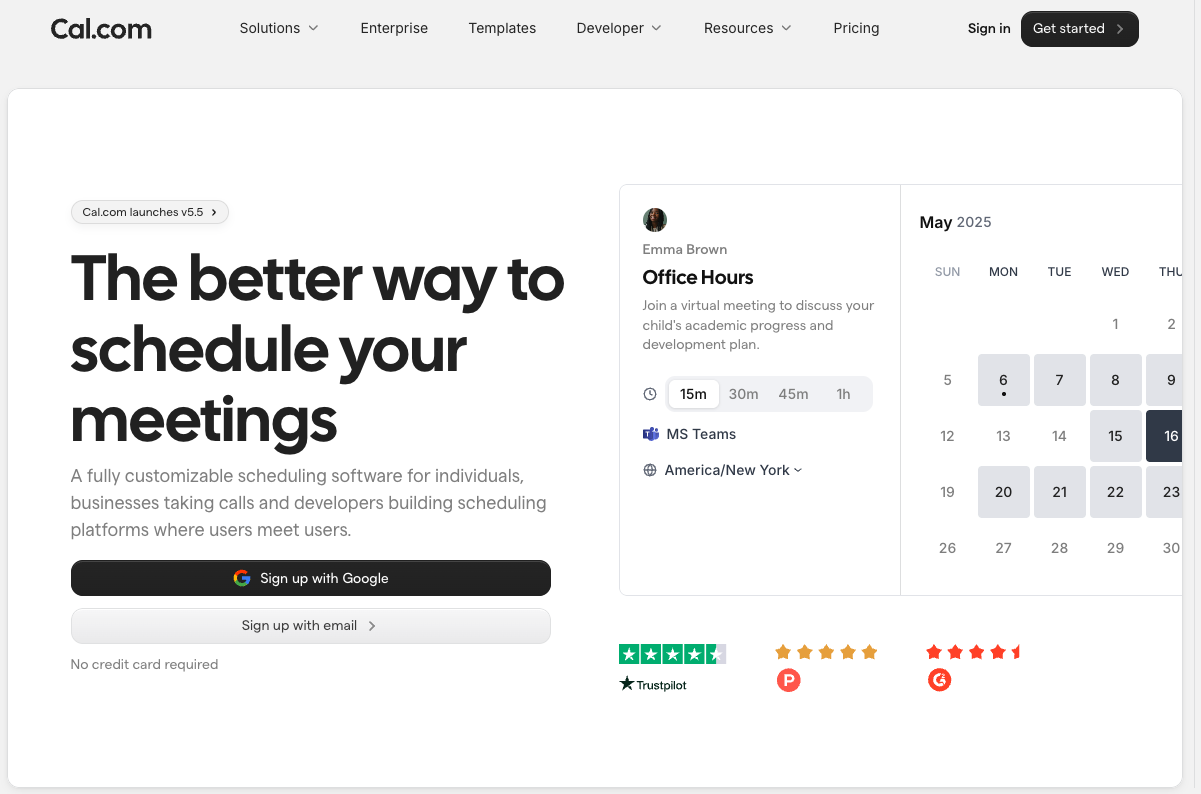Launching SaaS Without Code | 매거진에 참여하세요
Launching SaaS Without Code
#sass #startup #mvp #compositio #nocoding #utility #open #source #developmen
The Rise of Component-Based Services
There was a time when launching even a small web service meant assembling a full team—2 backend developers, 1 designer, 1 PM.
You had to handcraft every piece: logins, payments, dashboards, notifications, emails, analytics.
But in 2025, all of that has changed.
Thanks to the rise of Infrastructure-as-a-Service for SaaS, you can now launch an MVP without writing a single line of code.
Even solo founders with no development background can go live in a weekend.
The No-Code SaaS Stack Is Real—and Complete
Let’s take a look at how the essential building blocks of SaaS have evolved:
Function | Old Way | 2025 Way |
|---|---|---|
User Authentication | Custom login flow | Clerk, Auth0, Stytch |
Billing & Plans | Stripe API integration | Stripe Billing, Paddle, LemonSqueezy |
Email Delivery | SMTP setup | Resend, Mailersend |
Dashboard UI | Hand-coded React | Vercel + shadcn/uitemplates |
Server & Backend | Node + EC2 | Supabase, Railway, Render |
Analytics | Manual GA setup | PostHog, Highlight, LogSnag |
The new norm? Assemble, don’t build.

Stripe Didn’t Just Win Payments—It Defined SaaS Itself
Stripe is no longer just a payment gateway. It’s become the default infrastructure for SaaS businesses:
- Plan-based pricing & subscriptions
- Upgrade/downgrade/cancel logic
- Auto tax calculation
- Branded digital receipts
- Revenue dashboards per user
You can configure everything via dashboard. One API call later, you have a production-ready billing system.
Now, newer players like Paddle and LemonSqueezy are competing on global tax compliance and financial automation
—further proving how valuable infrastructure layers have become.
The Rise of Open SaaS Templates
Take Cal.com, for instance. It's an open-source calendaring tool that you can clone, deploy on Vercel, connect to Stripe—and voilà, your own scheduling SaaS is live in a day.
Platforms like Supabase, Resend, and Clerk now offer pre-configured starter kits with Next.js templates.
These kits don’t just accelerate development—they redefine it.
Today, writing new code is often the most inefficient path. “Component SaaS” is becoming the new default.

The Real Barrier Is No Longer Code—It's Clarity
If you find yourself saying, “I have the idea but no developer to build it”, that’s no longer a valid excuse.
- Stripe handles your billing
- Clerk handles login
- Supabase handles your backend
- Resend sends your emails
- Tailwind +shadcn/uihandles your design
All that’s left is your idea and your execution.
The real work is deciding:
What problem are you solving?
Who is it for?
And how fast can you validate it?
In 2025, we’ve entered an era where building is frictionless—but focus is scarce.
Your Modern SaaS Starter Stack (Mostly Free)
If you’re bootstrapping, here’s what most early-stage founders use:
Component
Recommended Tool
Free Tier Available
Auth
Clerk
✅ Yes
Payments
Stripe
✅ Yes
Backend
Supabase
✅ Yes
Deployment
Vercel
✅ Yes
Email
Resend
✅ Yes
UI Template
Next.js + shadcn/ui
✅ Yes
Analytics
PostHog
✅ Yes
You can start most of these tools for free. That means the limiting factor isn’t capital—it’s how fast you can validate.
The Quiet Battle of SaaS Infrastructure
On the surface, these services may look similar. But behind the scenes, they’re engaged in quiet, fierce competition:
Category | Competitor A | Competitor B | Main Differentiator |
|---|---|---|---|
Billing & Tax | Stripe | Paddle | Tax automation, global compliance |
Email Delivery | Resend | Mailgun | Speed, modern developer experience |
Auth | Clerk | Auth0 | Dev friendliness vs. enterprise-grade security |
Database & Infra | Supabase | Firebase, PlanetScale | Real-time support, scalability, pricing models |
This is great news for founders. Competition means faster tooling, better documentation, and more generous free tiers.
As these infra wars heat up, the bar for MVPs will only rise—but so will the tools that help you meet it.
In SaaS, It’s Not About Features Anymore
The winner isn’t the team that builds the most features.
It’s the one that:
- Ships first
- Understands the user best
- Assembles faster than others
If you’re coding less, that’s now a bragging right.
Because your time should be spent on solving real problems—not reinventing login flows or email parsers.
The SaaS infra war isn’t over. But now, everyone gets to join the battlefield.
Want to find ready-made components to build your own SaaS faster?
👉 Visit bunzee.ai and discover the fastest way to assemble your stack.






